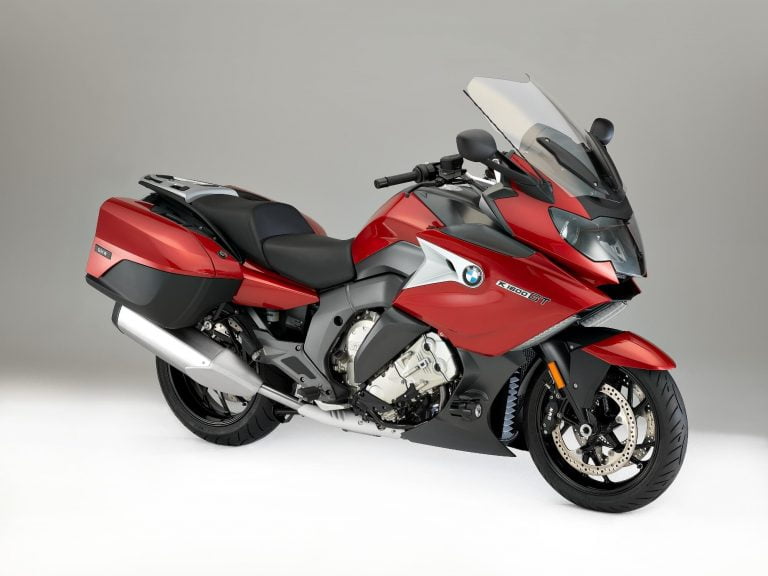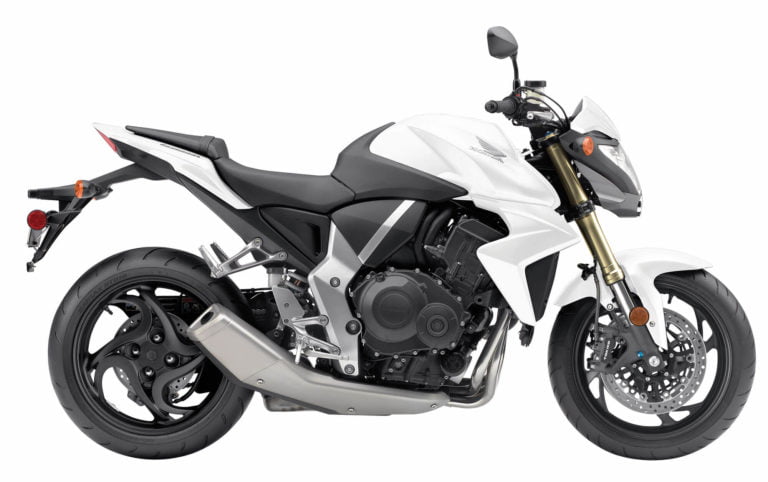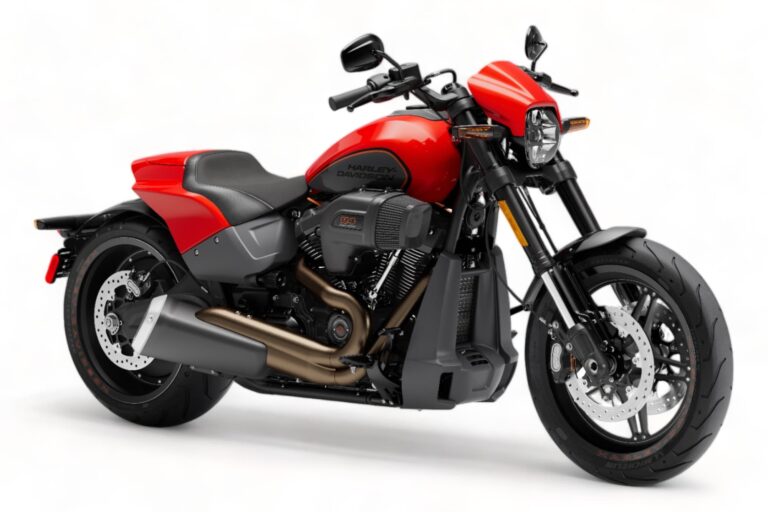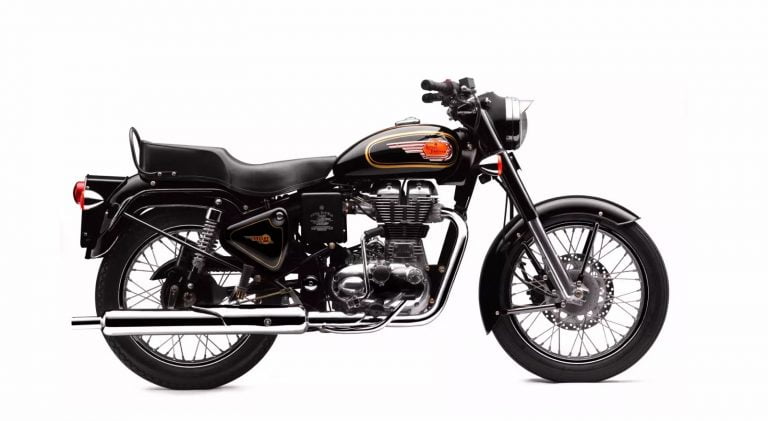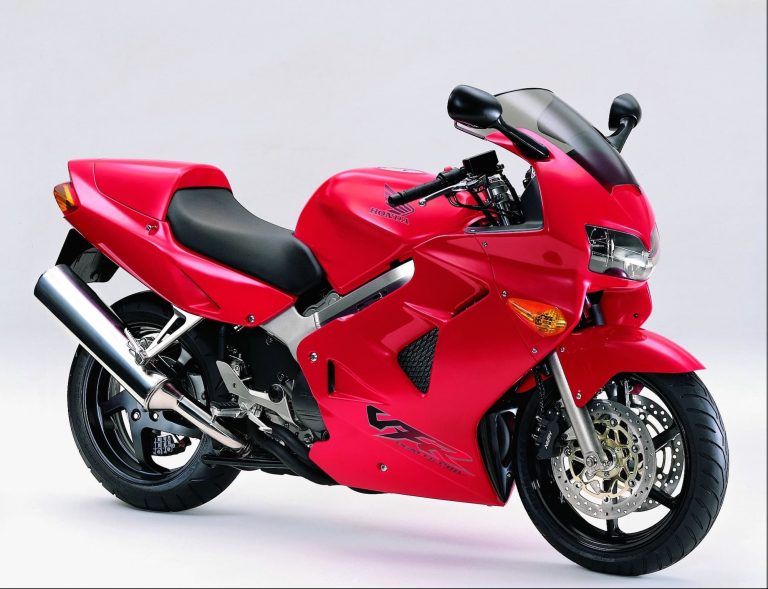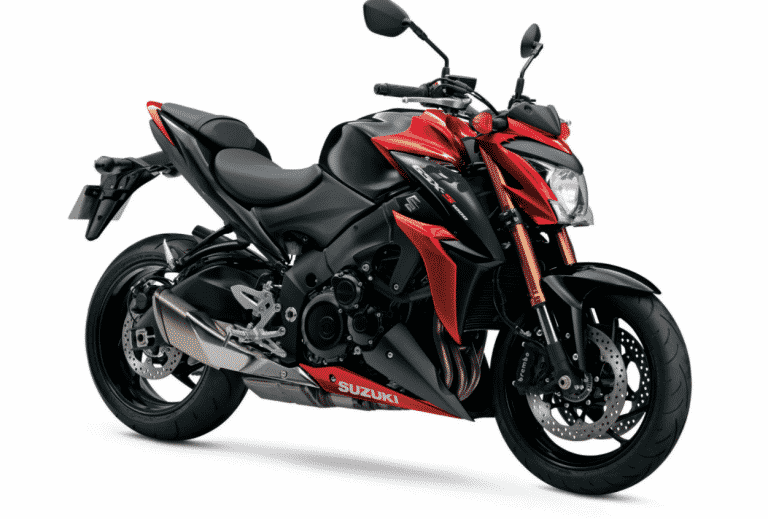Ducati Multistrada 1000DS (2003-2006) Maintenance Schedule
This is the maintenance schedule and service intervals for the Ducati Multistrada 1000DS — the first Multistrada.
Ducati released the first Multistrada in 2003 and made it up to 2006. At the time, it was a new foray for Ducati into the world of adventure sport/touring.
The original Multistrada was powered by a 992cc 90-degree fuel-injected L-twin with dual overhead camshafts and 2 valves per cylinder. It was air/oil cooled and had belts to drive the camshafts that needed to be replaced every two years (these days, people opt to do it every 4-5 years).
In 2005, Ducati released an S model, the Multistrada 1000 DS S (or 1000 S DS if you read the lettering on the fairings) that had Öhlins suspension, black wheels, an aluminium lower-vibration handlebar, and carbon fibre body parts. Ducati also released the smaller Multistrada 620.
From 2007, the Multistrada 1000DS was replaced by the Ducati Multistrada 1100 and 1100 S.
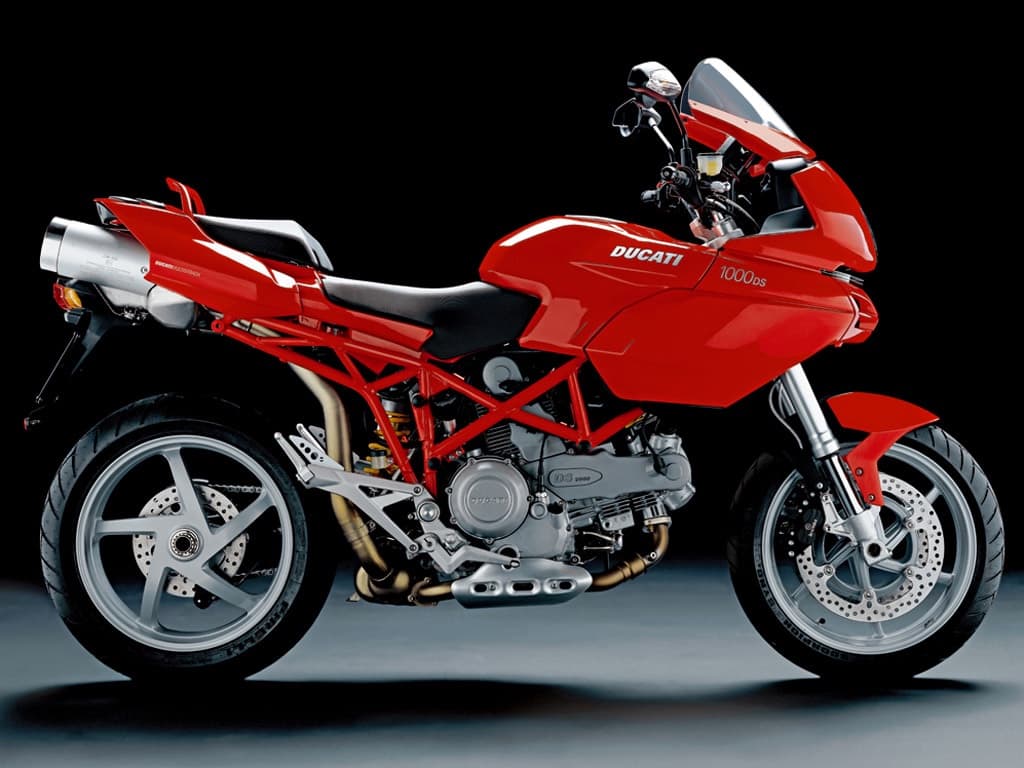
This site has links for things like oil and spark plugs from which we earn a commission (which unfortunately nobody can save, not even us). If you appreciate this work, then please use those links. Thanks!
Ducati Multistrada 1000DS Service Intervals
The Multistrada 1000DS has 6000 mile / 10000 km serivce intervals.
At every service, change the oil and filter, and check the valves and adjust as necessary. You also need to check the tension of the cam belts, and replace them if they’re excessively worn.
Every second service or every
Every second service OR every 2 years – whichever comes first — replace the cam belts. (These days, people leave it 4-5 years, as belt quality got better.)
Tighten everything regularly — see the list of things at the bottom.
The Multi 1000DS has a hydraulic clutch, so replace that fluid on the same schedule as the brake fluid.
Maintenance Schedule for the Ducati Multistrada 1000DS
Below is the maintenance schedule for the Multistrada 1000DS.
It has been formatted to fit this page, and simplified a lot. For example the letter for “Change” in the original schedule was “S”, probably from scambiare in Italian.
I also omitted the pre-delivery checklist, but included the run-in checklist, for anyone who might have a brand new 1000DS…
First, here’s a list of things to do every 600 miles/1000 km on the Multistrada 1000DS:
| Regular every 1000 km/600 mile maintenance |
|---|
| Check engine oil level |
| Check clutch and brake hydraulic controls |
| Check tyre wear and pressure |
| Chain: Check tension, lubricate |
| Check brake pad wear |
| Check battery charging system |
| Clean generally |
Service Schedule
Here’s the service schedule for the Ducati Multistrada 1000DS.
| km x 1000 | 10 | 20 | 30 | |
|---|---|---|---|---|
| mi x 1000 | 6 | 12 | 18 | Every |
| Engine oil — Replace | ✓ | ✓ | ✓ | Year |
| Engine oil filter — Replace | ✓ | ✓ | ✓ | Year |
| Engine oil intake filter — Check / Clean | ✓ | |||
| Valve clearances — Check / Adjust | ✓ | ✓ | ✓ | |
| Timing belts — Check tension | ✓ | ✓ | ✓ | |
| Timing belts — Replace | ✓ | 2 years | ||
| Spark plugs — Replace | ✓ | ✓ | ✓ | |
| Fuel filter — Replace | ✓ | |||
| Throttle body timing and idling — Check / adjust | ✓ | |||
| Air filter — Replace | ✓ | ✓ | ✓ | |
| Engine oil pressure — Check | ✓ | |||
| Cylinder compression — Check | ✓ | |||
| Clutch and brake fluid — Replace | ✓ | 2 years | ||
| Clutch and brake controls — Check level, Adjust free play | ✓ | ✓ | ✓ | |
| Steering bearing play — Check | ✓ | |||
| Fuel tank — Clean | ✓ | |||
| Front fork oil — Replace | ✓ | |||
| General lubrication and greasing — Perform | ✓ | |||
| Battery charging system — Check | ✓ | |||
| Check torque of critical safety-related components (See below for list) | ✓ | ✓ | ✓ | |
| Wheel hub bearings — Check for play | ✓ | ✓ | ✓ | |
| Rear wheel cush rubber (flexible coupling) — Check | ✓ | ✓ | ✓ | |
| Sprocket retaining nut — Check / tighten | ✓ | ✓ | ✓ | |
| Side stand — Check for free movement | ✓ | ✓ | ✓ | |
| Indicators and lighting devices — Check function | ✓ | ✓ | ✓ |
Components to check torque
Check the tightening torque of the following items per the above schedule.
- Sprocket nut
- Fork bottom screw
- Steering bearing ring nut
- Swingarm pivot shaft nut
- Screw to tighten eccentric hub onto swingarm
- Caliper mounting plate locating pin
- Rear brake caliper screw
- Clamps to handlebar screw
- Engine to frame screw check nut
- Rear wheel LH and RH nut
- Steering head screws
- Bottom yoke screws
- Clamps to steering head screw
- Rear shock absorber/linkage to swingarm screw and nut
- Shock absorber to rocker arm screw
- Linkage to rocker arm screw
- Suspension rocker arm to frame screw
- Front wheel shaft nut
- Drive pegs fixing nut
- Rear chain sprocket nuts
- Grab handle retaining screw
- Oil hose fitting at cooler end
- Oil hose fitting at engine end
- Front brake caliper screw
- Front brake disc screw
- Rear brake disc retaining screw
About the Ducati Multistrada 1000DS
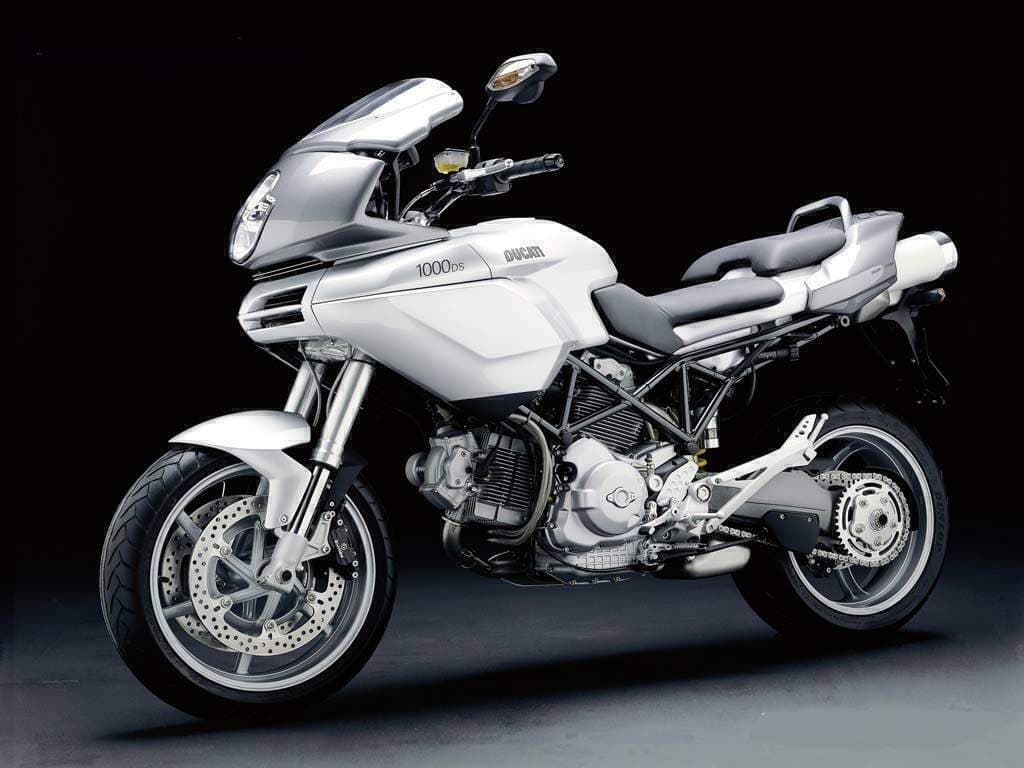
The first thing many people want to tell you about the Multistrada 1000DS is that it’s not a dirt bike. The second thing they want to tell you is that it’s not the most attractive Ducati they’ve ever made.
Well, beauty is in the eye of the beholder, even if most beholders think that Pierre Terblanche could have done a better job. Mes condoléances, Mr. Terblanche, but you had some real home runs amidst some designs that were so ahead of their time that one wonders if their time will ever come.
But that isn’t talking about the Multistrada 1000DS. The most important thing to bear in mind about the Multistrada is what it wanted to be — a road touring machine — and nothing else. That’s what the strada in its name means — road.
And the Multistrada 1000DS was in fact a highway touring machine. It wasn’t a great commuter — it didn’t like low RPMs because of the tall gearing, even though the gearing is shorter than that in similar 1000-cc Desmodue motorcycles. And it wasn’t a sport bike, because the rev limiter would remind you of that every time you got a little too aggressive.
But the Multistrada’s near 100 hp was plenty to see it flying down the highway at 100 mph (160 km/h) with relative ease. Its wide handlebars and upright seating position meant it was rare to get tired. And the fact that you could fit it with all kinds of luggage and touring accessories made it all the better.
The Multistrada 1000DS wasn’t incompetent off-pavement, anyway. It wasn’t too heavy at 229kg (505 lb) wet. It had a big upright seating position, which meant you could control it when it broke traction (something it did frequently on the loose stuff). And it had decent — if not amazing — ground clearance. Though an engine guard would be in order.
Being a Desmodue-powered motorcycle, the Ducati Multistrada 1000DS does have fairly short valve service intervals of 10,000 km. But the valve service isn’t difficult. There are no overhead camshafts to remove, and no cam chain tensioner to mess with. The job is easily done by the patient home mechanic.
Similarly, you do have to service the belts. The manual recommends checking the tension at every service and replacing them every two years. But many owners wait a while longer — the risk is up to you.
The Multistrada 1000DS S was a distinct improvement with the Öhlins front suspension and those swish black wheels, plus a few other changes to the riding position and protection. But the Ducati Multistrada 1100 S was an improvement again.
Manual for the Ducati Multistrada 1000DS
The above maintenance schedule comes from the service manual (not the user manual).
Note that the below letters refers to Italian words (e.g. “S” for “scambiare”, which means “replace”.)
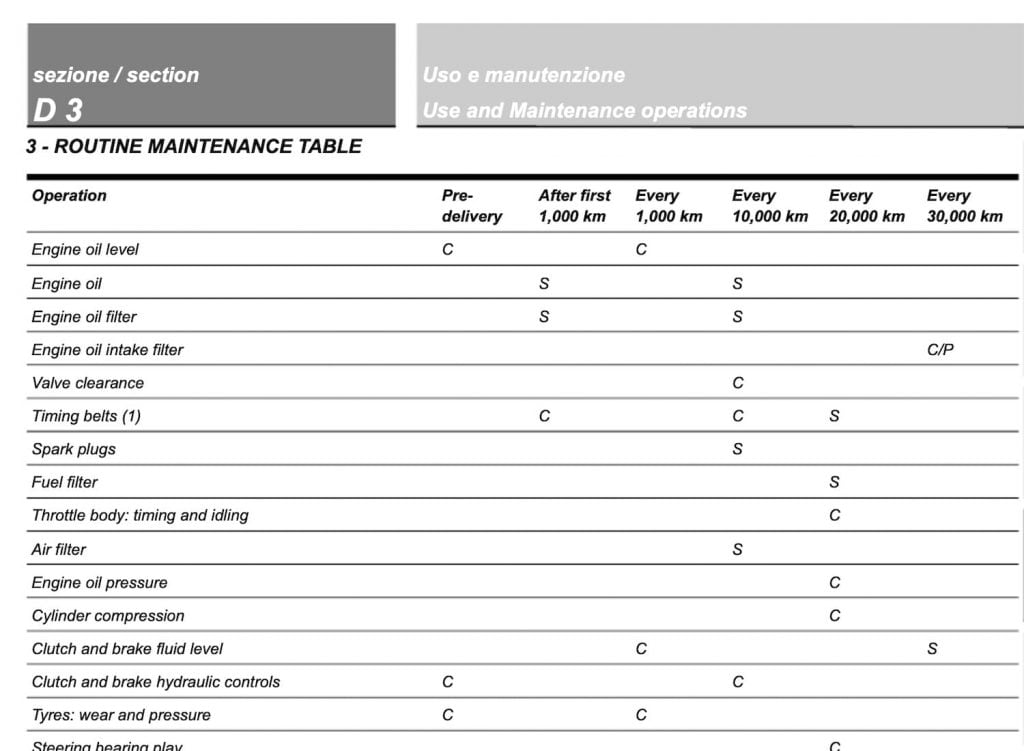
You can find user manuals for Ducati motorcycles here, though the Multistrada’s is no longer available.
